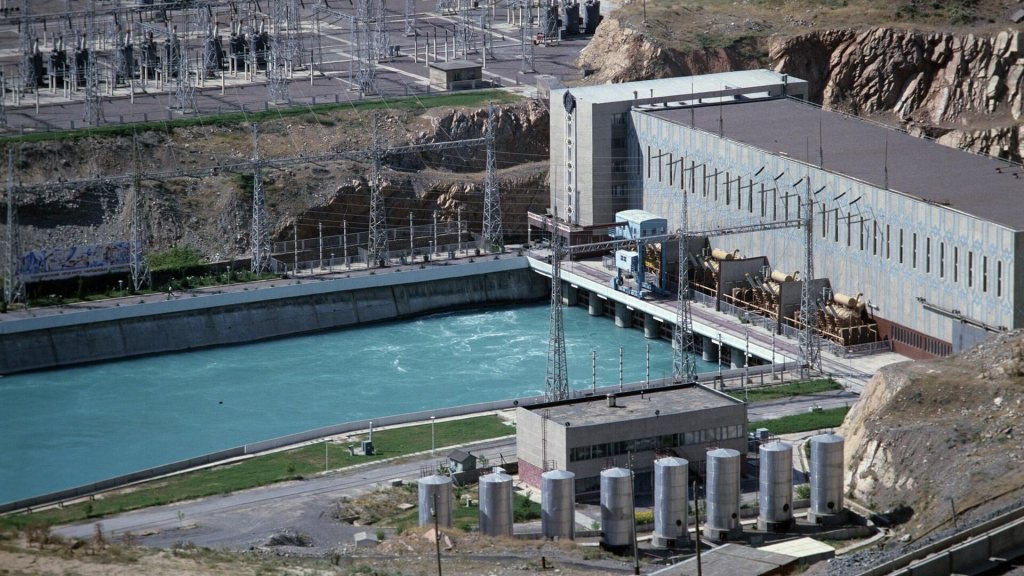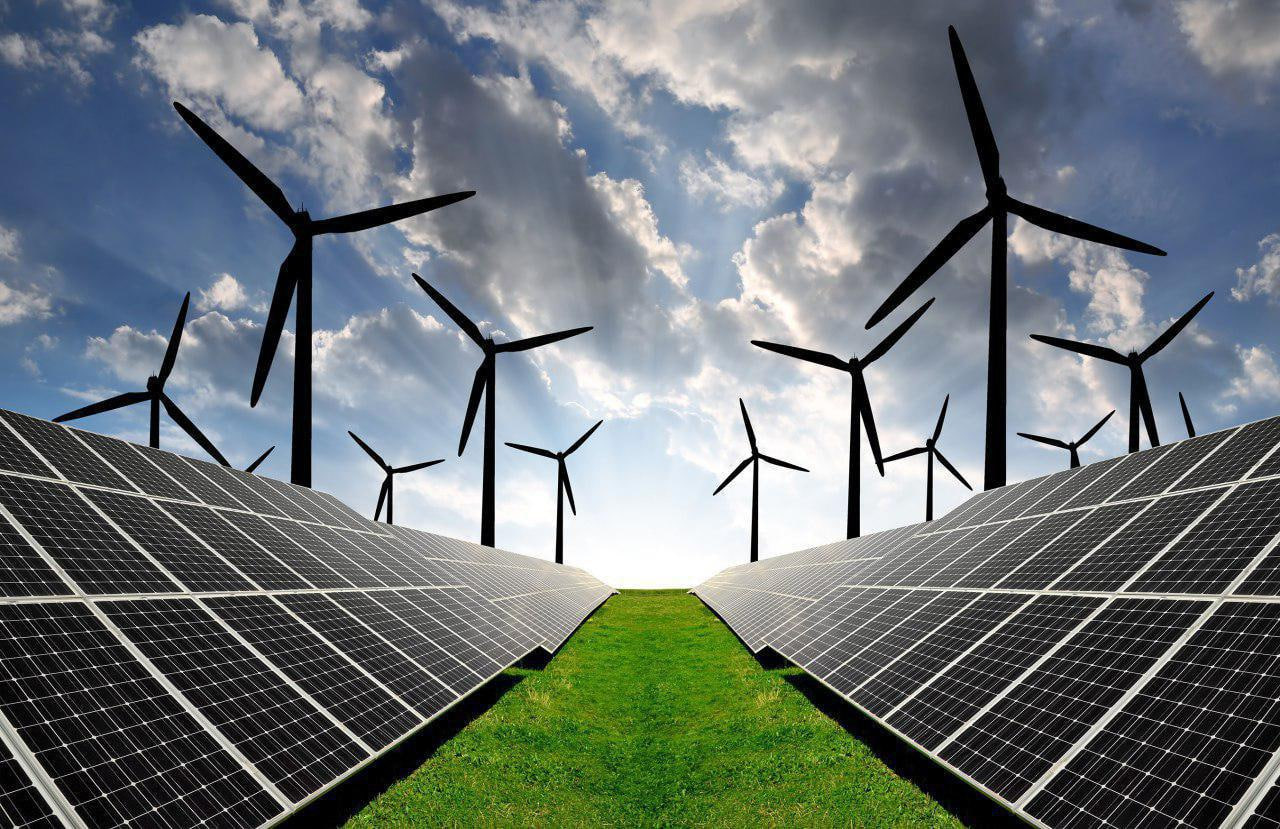In September 2024, Uzbekistan's large hydroelectric power plants produced a total of 6.41bn kilowatts (kWh) of electricity, according to the country’s statistics agency. This marks a notable increase compared to the 5.47bn kWh generated during the same period in 2023.

The rise in electricity production from hydroelectric sources comes as global trends in energy production continue to evolve. Recently, the International Renewable Energy Agency (IRENA) published its annual report on the "Cost of Electricity Production from Renewable Energy Sources in 2023."
The report highlighted a growing cost disparity between solar and hydroelectric power. In 2022, the cost of producing electricity from hydroelectric power was 20% higher than from solar, and by 2023, this gap had widened to 30%.
Experts point out that the increasing cost difference between solar and hydroelectric power generation is a significant factor in planning the construction of new energy facilities.

In 2023, the cost of building hydroelectric power plants reached approximately $2,800 per kilowatt of installed capacity. This is 3.5-4 times more expensive than solar farms, 2.5 times more than onshore wind farms, and comparable to offshore wind farms.
Moreover, the construction timeline for hydroelectric power plants is considerably longer than for other renewable energy sources. It typically takes 7-10 times longer to build a hydroelectric plant than a solar power plant and five times longer than a wind farm.
Despite these challenges, IRENA's report suggests that hydroelectric power's primary advantage in the coming years may lie in its flexibility to manage energy production throughout the day, offering a potential edge in energy systems with high demand fluctuations.
Follow Daryo's official Instagram and Twitter pages to keep current on world news.

Comments (0)